Introduction to the Parts of a Bicycle: Why Knowing Them Matters
Understanding theparts of a bicycle is essential for every rider, whether you’re a casual commuter, a mountain biker, or a competitive cyclist. Each component plays a critical role in your bike’s performance, safety, and longevity. From the frame to the pedals, knowing how these parts function together helps you make informed decisions about maintenance, upgrades, and repairs. For example, if you encounter a wobbly wheel or a stiff bicycle crank, familiarity with the parts of a bicycle allows you to diagnose the issue and address it effectively.
This guide will walk you through the key parts of a bicycle, explaining their purpose, materials, and how to care for them. By the end, you’ll have a comprehensive understanding of your bike’s anatomy, empowering you to ride with confidence and keep your machine in top condition. Let’s dive into the details.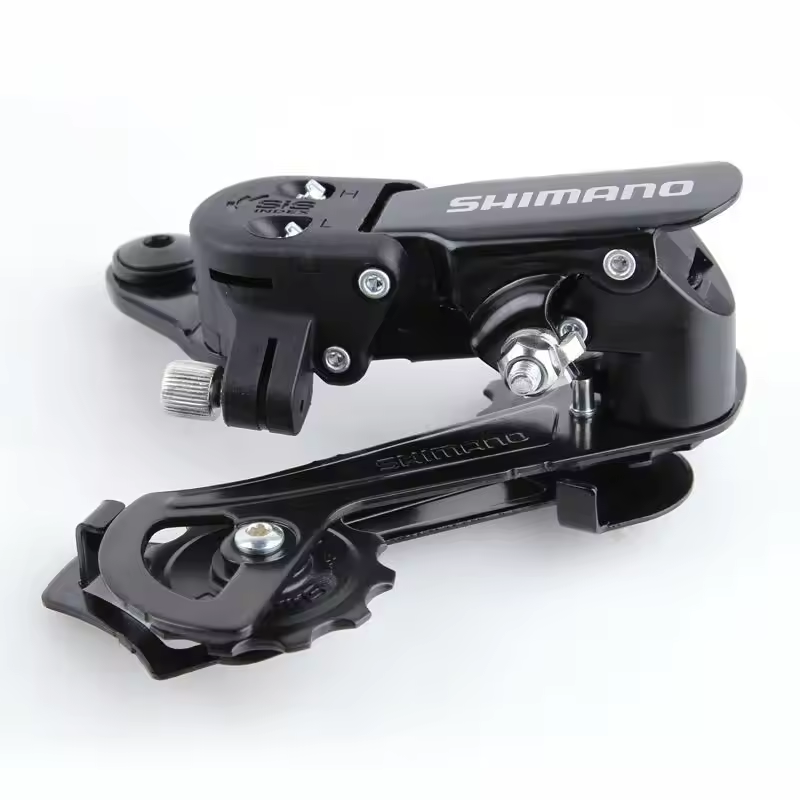
The Frame: The Backbone of Your Bike
The frame is the core of any bicycle, connecting all other parts of a bicycle and determining the bike’s geometry, strength, and weight. Typically made from aluminum, carbon fiber, steel, or titanium, the frame’s material affects performance. For instance:
- Aluminum Frames: Lightweight and durable, ideal for road bikes and hybrid models.
- Carbon Fiber Frames: Extremely light and stiff, preferred for racing and high-performance bikes.
- Steel Frames: Known for their durability and smooth ride, often used in touring and vintage bikes.
- Titanium Frames: A balance of strength and weight, but more expensive.
The frame’s design also influences handling. A sloping top tube (common in modern bikes) provides a more compact fit, while a traditional straight top tube offers a classic look. Understanding your frame’s characteristics helps you choose the right bike for your riding style. Regular inspections for cracks or wear are crucial to maintaining safety.
Additionally, the frame’s geometry—such as head tube angle, bottom bracket height, and seat tube angle—dictates how the bike responds to steering inputs, cornering stability, and rider comfort. For example, a steeper head tube angle improves agility on technical trails, while a slack angle enhances downhill stability. Frame size and fit are equally critical; an improperly sized frame can lead to discomfort, inefficiency, or even injury. Whether you’re a road cyclist, mountain biker, or commuter, selecting a frame that aligns with your body dimensions and riding goals is essential. By prioritizing these factors, you ensure your bike delivers optimal performance and a personalized riding experience.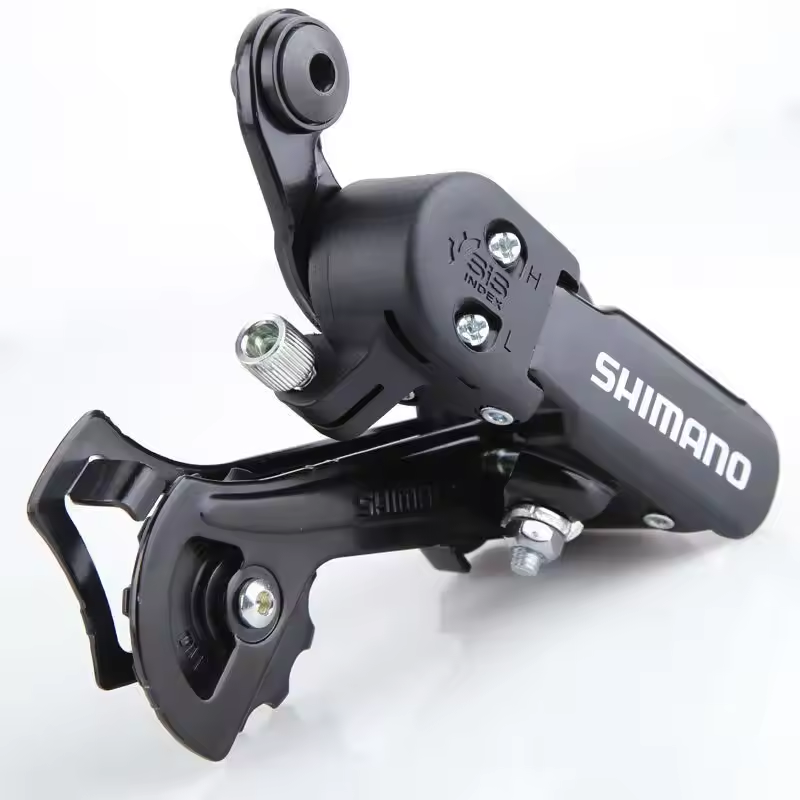
Wheels and Tires: The Foundation of Stability and Speed
Wheels and tires are among the most critical parts of a bicycle, directly impacting speed, stability, and comfort. Here’s a breakdown of their components:
- Rims: The outer edge of the wheel that holds the tire. Rims can be made of aluminum, carbon fiber, or steel, with wider rims improving tire stability. Double-wall rims offer added durability for off-road use, while aero-profile rims reduce drag for road bikes.
- Spokes: Thin rods connecting the rim to the hub. Spokes distribute weight evenly and provide structural integrity. Lacing patterns (e.g., radial vs. cross) affect stiffness and aerodynamics. High-tensile steel or carbon spokes balance strength and weight.
- Hubs: The central part of the wheel containing bearings that allow smooth rotation. Sealed bearing hubs resist dirt and last longer, while cartridge bearings are easier to replace. High-quality hubs reduce friction and require less maintenance.
- Tires: Available in various widths and tread patterns, tires affect grip, rolling resistance, and puncture resistance. Tubeless tires eliminate flats by sealing air inside the rim, while clincher tires use inner tubes for simplicity. Mountain bikes use knobby tires for traction, while road bikes opt for narrow, smooth tires for speed.
- Wheel Bearings: Located inside the hub, bearings ensure smooth rotation. Ceramic bearings reduce friction for faster acceleration, while steel bearings offer cost-effective durability. Regular cleaning and lubrication extend their lifespan.
Proper tire pressure is vital. Underinflated tires increase rolling resistance and risk pinch flats, while overinflated tires reduce grip and comfort. Regularly check for wear and replace tires when treads are worn or sidewalls are damaged. By optimizing these parts of a bicycle, you enhance your bike’s performance and safety across all terrains.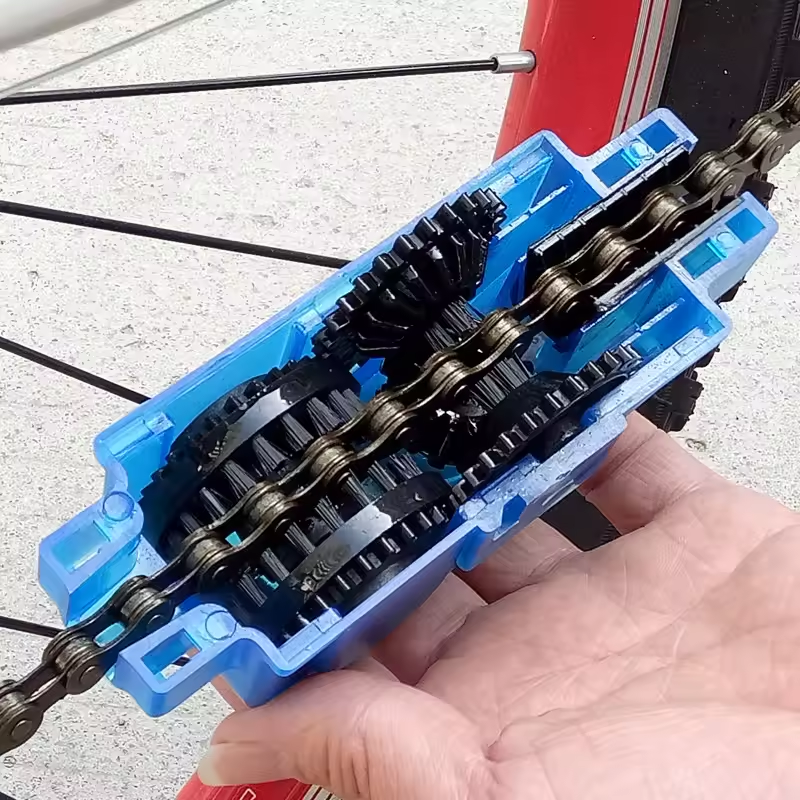
Drivetrain Components: Powering Your Ride
The drivetrain consists of parts that transfer power from your legs to the wheels. Key parts of a bicycle in this system include:
- Chain: The chain connects the crankset to the cassette, transferring force as you pedal. A well-maintained chain ensures smooth shifting and reduces wear on other components. Modern chains often feature hollow pins and nickel plating for reduced weight and corrosion resistance. Additionally, the number of gears (speeds) determines the chain’s compatibility with the cassette and derailleurs. For instance, an 11-speed chain is narrower than a 9-speed chain to fit precisely between closely spaced cogs.
- Crankset: Comprising the bicycle crank, chainrings, and bottom bracket, the crankset converts pedaling motion into rotational force. Cranks are typically made of aluminum or carbon fiber. Aluminum cranks balance strength and affordability, while carbon fiber options reduce weight and vibration. The bottom bracket houses bearings that allow the crankset to rotate smoothly. Regular lubrication of the bottom bracket and chainrings extends their lifespan.
- Cassette/Freewheel: Located on the rear wheel, the cassette contains multiple gears that allow you to adjust resistance. Modern cassettes offer a wide range of gears for climbing and descending. Freewheels, an older design, integrate the gears and hub but are less common today.
- Derailleurs: These mechanisms shift the chain between gears. Front and rear derailleurs must be properly aligned for efficient shifting. High-quality derailleurs respond quickly to shifts, minimizing missed gears.
- Shifters: Integrated into the handlebars, shifters control the derailleurs and allow you to change gears effortlessly. Mechanical shifters use cables, while electronic shifters (found on high-end bikes) use wires for precise, automatic shifts.
Regular lubrication of the chain and cleaning of the drivetrain are essential for optimal performance. A dirty or dry drivetrain increases friction and shortens the lifespan of components.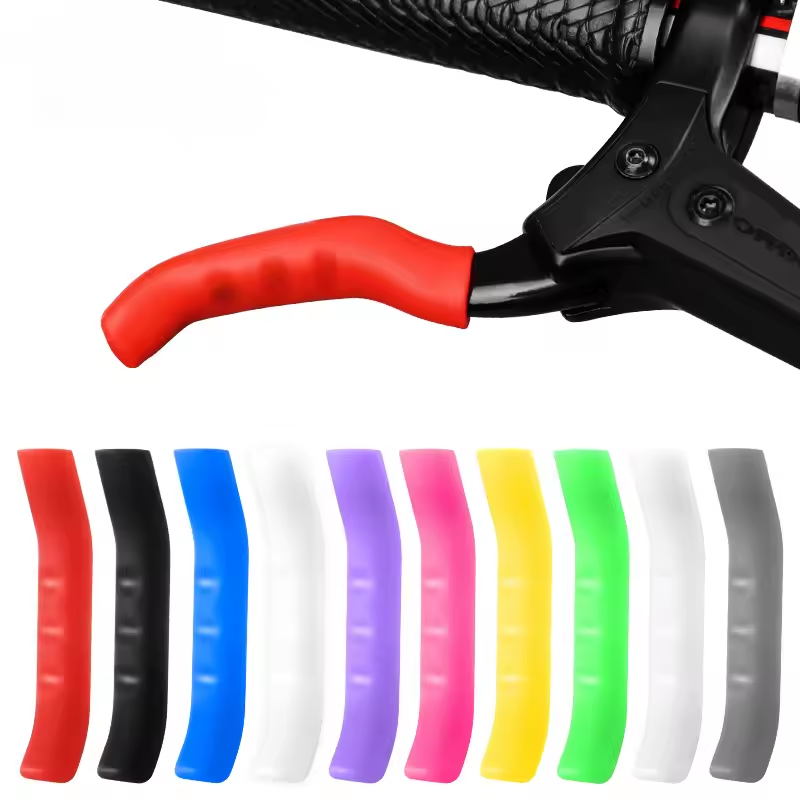

Braking Systems: Safety First for Every Cyclist
Brakes are non-negotiable parts of a bicycle, ensuring you can stop safely in all conditions. Two primary types dominate the market:
- Caliper Brakes: Common on road bikes, caliper brakes use V-shaped arms to press brake pads against the rim. They’re lightweight but less effective in wet or muddy conditions. Regularly inspect for pad wear and rim alignment to avoid uneven braking.
- Disc Brakes: Found on mountain bikes and hybrid models, disc brakes provide superior stopping power. They come in two forms:
- Mechanical Disc Brakes: Use cables to actuate the brake caliper. They’re budget-friendly but require frequent cable tension adjustments.
- Hydraulic Disc Brakes: Utilize fluid to transfer force, offering smoother and more powerful braking. They demand less maintenance but are costlier to repair.
Regardless of the type, regular maintenance is crucial. Check brake pad alignment, clean rotors, and replace pads when they’re worn. Properly adjusted brakes prevent squealing and ensure consistent stopping power. Additionally, consider disc brake rotor material—steel offers durability, while aluminum reduces weight. In wet or muddy conditions, opt for slotted or drilled rotors to improve water dispersion and prevent rotor warping. For mountain bikers, dual-pivot caliper brakes enhance modulation and reduce lever effort. By prioritizing brake care, you ensure safety and confidence on every ride.
Handlebars and Stem: Control and Comfort in Motion
Handlebars and the stem are parts of a bicycle that determine your riding position and control. Handlebars come in various styles:
- Straight Bars: Ideal for hybrid and commuter bikes, offering an upright position. They provide easy access to brakes and shifters, making them perfect for casual rides.
- Drop Bars: Used on road bikes, allowing for multiple hand positions and aerodynamic efficiency. Drop bars enable riders to tuck their hands for speed but require more hand strength for long-distance use.
- Flat Bars: Common on mountain bikes, providing a secure grip for technical trails. Flat bars enhance control during rough terrain and are often paired with wide grips for stability.
The stem connects the handlebars to the fork, adjusting the reach and height of the handlebars. A longer stem improves stability, while a shorter stem enhances maneuverability. Materials like aluminum or carbon fiber influence weight and rigidity. For example, carbon stems reduce vibration for smoother rides, while aluminum stems offer durability at a lower cost. Additionally, adjustable stems allow riders to fine-tune their position for comfort and performance. Whether you prioritize speed, control, or comfort, selecting the right handlebars and stem ensures a personalized and efficient riding experience.
Seat and Saddle: Balancing Comfort and Efficiency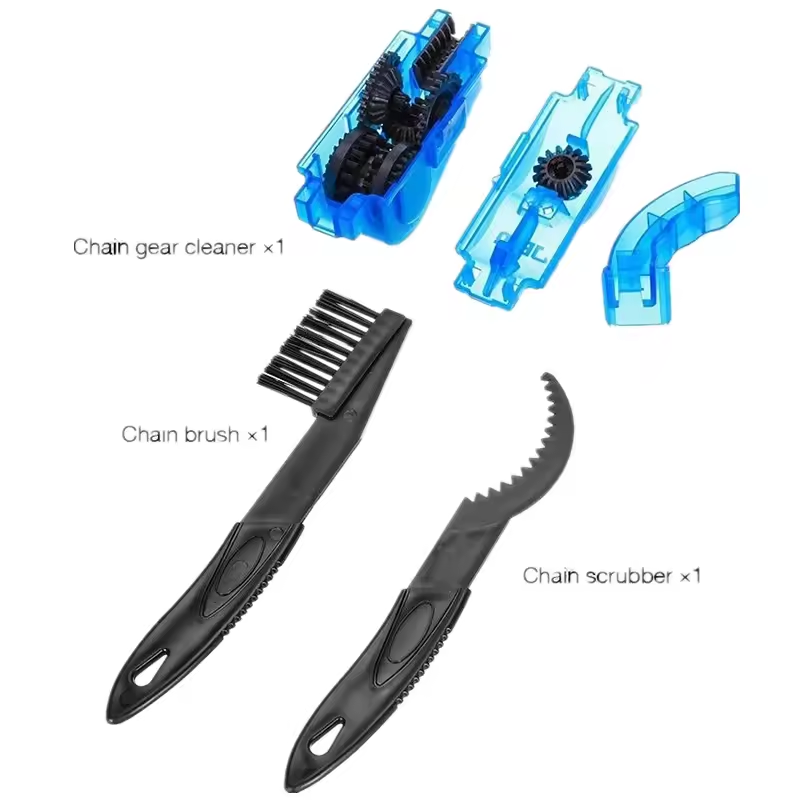
The saddle, or seat, is one of the most overlooked parts of a bicycle but plays a significant role in comfort and performance. A poorly fitting saddle can cause discomfort, numbness, or even injury. Key considerations include:
- Width and Shape: A saddle that matches your sit bone width distributes pressure evenly. Narrow saddles suit road bikes, while wider saddles are better for hybrids and mountain bikes. Additionally, saddle nose design (e.g., rounded vs. pointed) affects pressure zones and comfort during long rides.
- Padding and Material: Gel or foam padding reduces pressure, but excessive padding can lead to chafing. Carbon fiber or titanium saddles are lightweight and durable, while synthetic leather offers breathability for warmer climates.
- Adjustment: Position the saddle at a height where your legs are almost fully extended at the bottom of the pedal stroke. A level or slightly upward tilt prevents discomfort. Saddle rail material (aluminum vs. titanium) also impacts weight and durability.
Regular cleaning and occasional lubrication of the seat post (if applicable) ensure smooth adjustments and longevity. For commuters, a padded, ergonomic saddle with a cutout reduces pressure, while racers may prefer minimalist designs for efficiency. By tailoring your saddle to your body and riding style, you enhance both comfort and performance.
Final Thoughts: Mastering the Parts of a Bicycle for Optimal Performance
Understanding the parts of a bicycle is the first step toward becoming a confident, self-sufficient rider. From the frame to the pedals, each component contributes to your bike’s functionality and safety. By learning how to maintain and troubleshoot these parts, you’ll extend your bike’s lifespan and enhance your riding experience.
Whether you’re troubleshooting a squeaky bicycle crank or upgrading your drivetrain, this knowledge empowers you to make informed decisions. So, take the time to explore your bike’s anatomy, and ride with the confidence that comes from understanding the parts of a bicycle. With proper care and attention, your bike will serve you reliably for years to come.